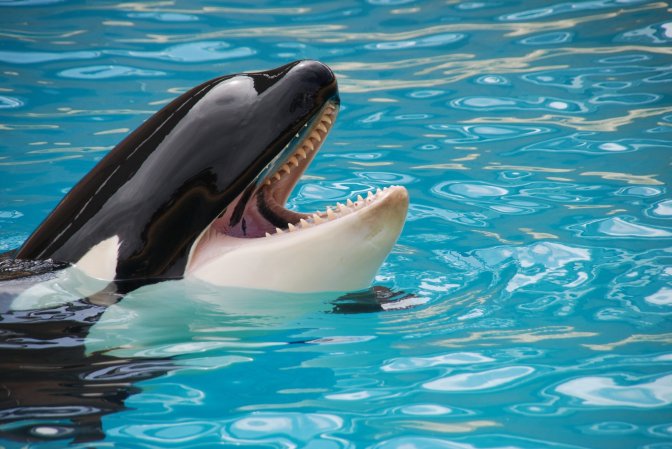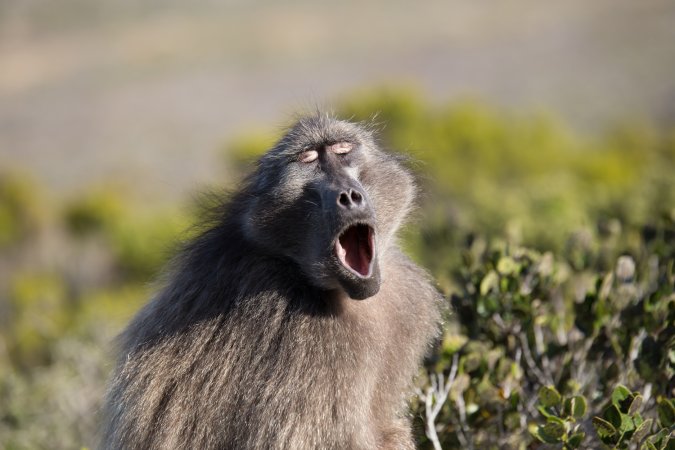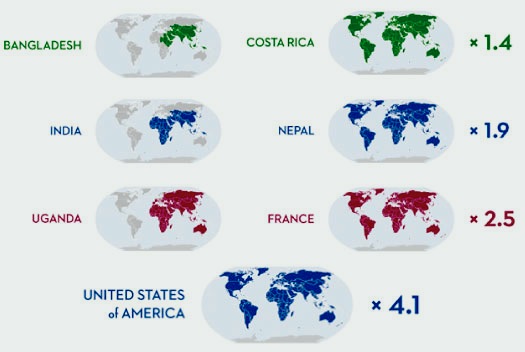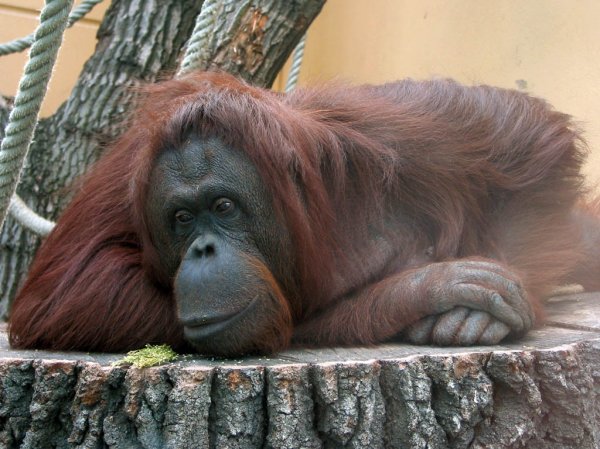

If you speak any Korean–or are familiar with Season 2 of _Arrested Development_–you know that the word for “hello” is “annyong.” Koshik, an elephant who spent much of his youth at Everland Zoo in South Korea, can actually pronounce it. A beluga whale made the news just last week for being able to imitate human sounds, but this elephant can actually say words! The animal kingdom is constantly one-upping itself.
Even our closest primate relatives cannot repeat our speech patterns despite being shown to understand language because their larynxes aren’t shaped to function the way ours do. Of course, parrots don’t even have lips and yet they can imitate human speech with amazing accuracy. Research from the University of Vienna says that parrots have the neuronal capacity to perceive, decode and reproduce the speech signal, overcoming the physical barrier to imitating human speech. Asian elephants evidently do as well.

Koshik outsmarted nature, which graced him with a large vocal tract, by putting his trunk in his mouth, which adjusts the shape of his vocal tract so it can produce sounds similar to human speech. According to the study, no one has recorded an elephant doing that before. Researchers found that Koshik can imitate five words: “anja”(sit down), “aniya” (no), “nuo” (lie down), “choa” (good) and “annyong.” They measured the accuracy by comparing transcriptions of Koshik’s speech to that of humans. His speech isn’t perfect, but “annyong” is the word Koshik repeated with the most success. Aim high, young elephant.
The researchers concluded that Koshik learned to imitate human speech because he lacked social interaction with members of his species during his developmental stage. The elephant spent most of his time around humans. This research suggests that one function of vocal learning, besides communicating ideas, is to cement social bonds, even across species.
This research was published online in the journal Current Biology.
[via Sci-News]














